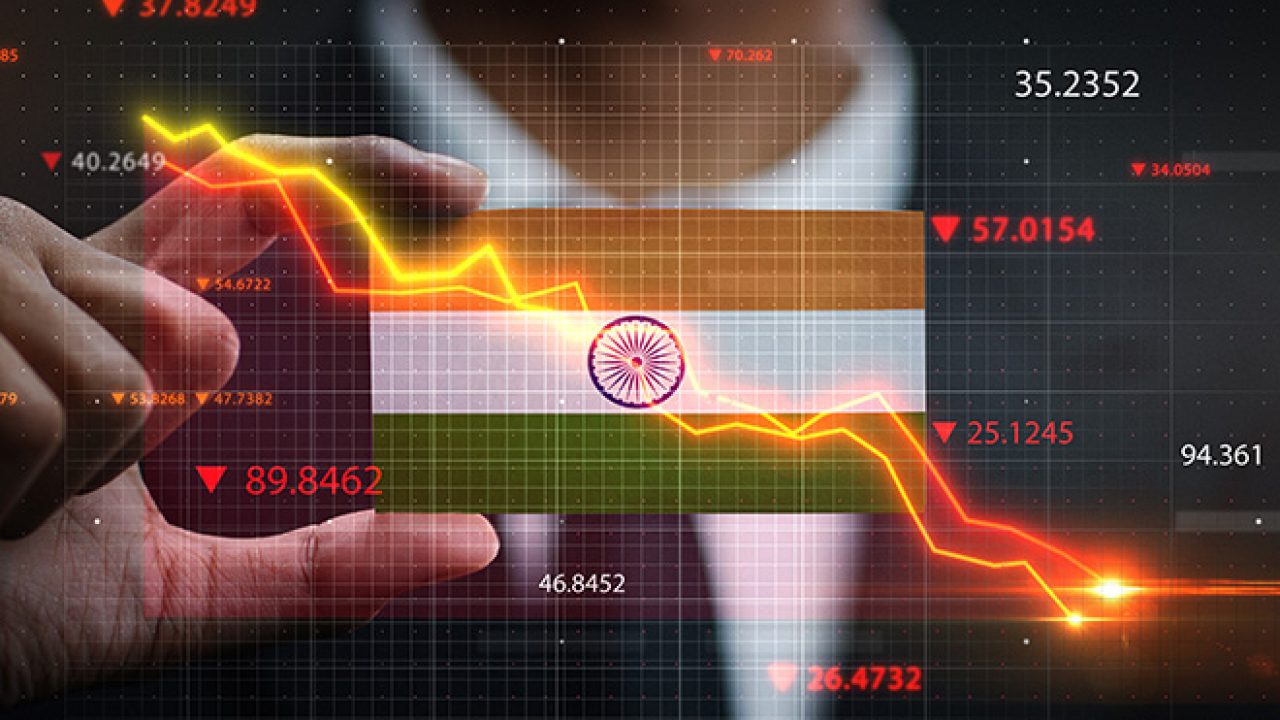The World Bank and RBI both expect the GDP to further contract by around 9.5 percent this fiscal year as a result of the economic slump, the country faced due to the coronavirus pandemic.
The World Bank on Thursday said that India’s Gross Domestic Product (GDP) is expected to further contract by 9.6 percent in 2020-21, steeper than the 3.2% shrinkage projected earlier, as a reflection of the economic slump the country has suffered due to the national lockdown induced by the coronavirus pandemic. GDP of the country had contracted by 23.9% in the first quarter of this financial year.
The arrival of the novel coronavirus pandemic in India has clearly altered the basic economic grammar of the country and has resulted in an unimaginable loss to the economy. The World Bank in its half-yearly South Asia Focus update said, “South Asia as a region is set to plunge into its worst-ever recession with a sharper than the expected contraction of 7.7%.”
The Bank said that India’s growth is estimated to rebound 5.4 percent in 2021-22, mainly reflecting base effects and assuming that COVID-related restrictions will be completely lifted by 2022. As per the statement released by the bank, it is assumed that Indian imports and exports is also likely to get affected because of the weak activity, domestically and abroad.
“However, there is substantial uncertainty related to the course and duration of the pandemic; the speed at which households and firm behaviour will adjust to the lifting of lockdowns; and a possible new round of countercyclical fiscal policy,” the Bank said in its latest South Asia Economic Focus report.
GDP contracted by 23.9 percent in the first quarter:
The imposed stringent lockdown in the country resulted in a sharp contraction of 23.9 percent in the Gross Domestic Product (GDP) growth rate in the April-June quarter. Though the GDP of India was dribbling with each quarter since last year, the higher contraction in the GDP was majorly visible during the nationwide lockdown.
It has been reported that 2020-21 will be the first time in 41 years that the annual GDP growth rate will be negative. The first time, when the negative growth of the annual GDP was observed was in the financial year 1957-58. It’s been four times in the past that India witnessed a fall in the GDP. In 1979-80, the annual growth rate was contracted to around 5.2 percent, and since then the economy has never witnessed the negative growth, except after four decades, due to the advent of the virus.
RBI also predicts the contraction:
Reserve Bank of India (RBI) Governor, Shaktikanta Das on Friday signed a 9.5 percent increase in GDP in the financial year while maintaining the status quo on interest rates. RBI kept key inflation rates unchanged, amid high inflation, while simultaneously maintaining a monetary policy stance to support a coronavirus-hit economy.
Governor Shaktikanta Das said, “Indian Economy in Decisive Phase.” He announced that the central bank’s Monetary Policy Committee (MPC) has unanimously decided to keep the key rates unchanged while maintaining an accommodative stance. The Monetary Policy Committee kept the repo rate, its prime lending rate, unchanged at 4 percent, while the reverse repo rate or prime lending rate remained at 3.35 percent.
What is the problem behind contraction?
According to the report, the slowdown in India is expected to depress manufacturing and exporting industries, and the construction sector which relies mostly on Indian migrant workers.
The bank also highlighted the difference between the pandemic-induced recession and the previous recessions. It said that the earlier downturns were mainly due to falling investment and exports but this time, it’s the private consumption. Traditionally, the backbone of demand in South Asia and a core indicator of economic welfare will decline by more than 10 percent, further spiking poverty rates.
“The collapse of South Asian economies during COVID-19 has been more brutal than anticipated, worst of all for small businesses and informal workers who suffer sudden job losses and vanishing wages,” said Hartwig Schafer, World Bank Vice-President for the South Asia Region.
Also, it is important to note that India’s economy was already slowing before the pandemic. Almost every sector in India including industries, services, manufacturing, trade, hotels, construction, and even public administration was showcasing a negative downfall, in the early quarters of the financial year 2019-20.

